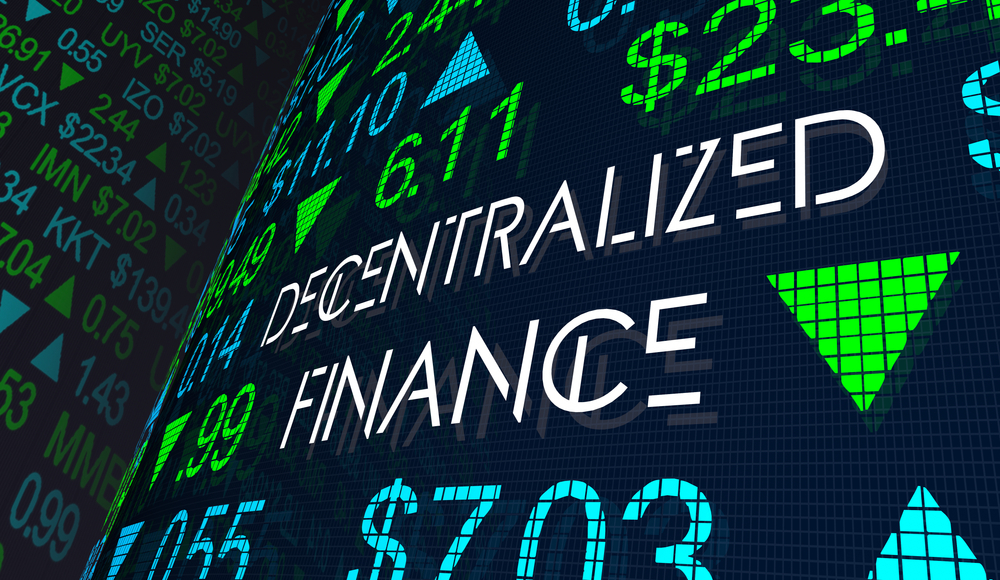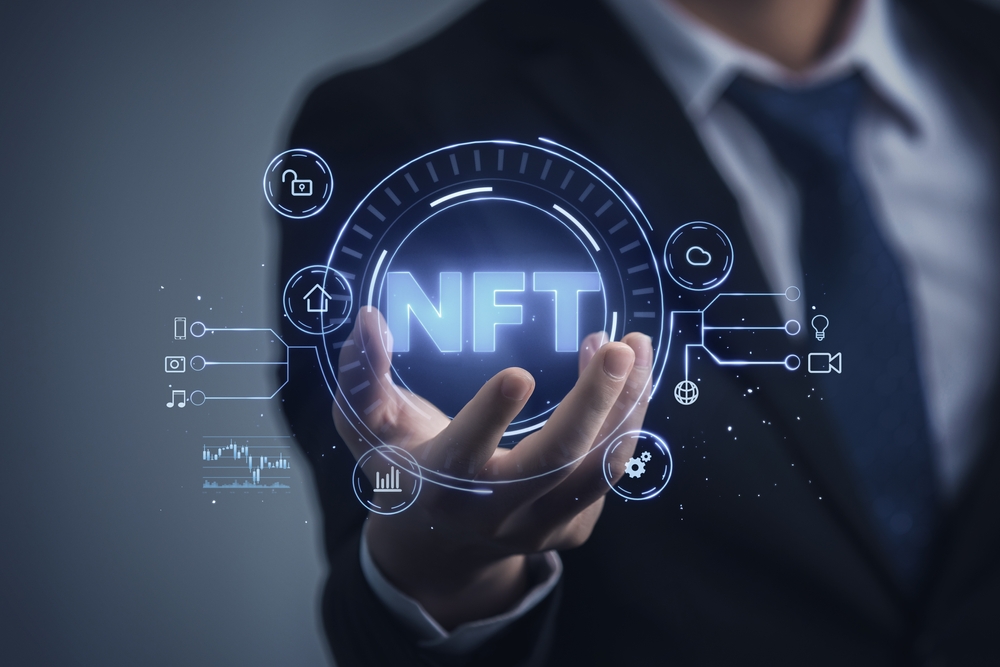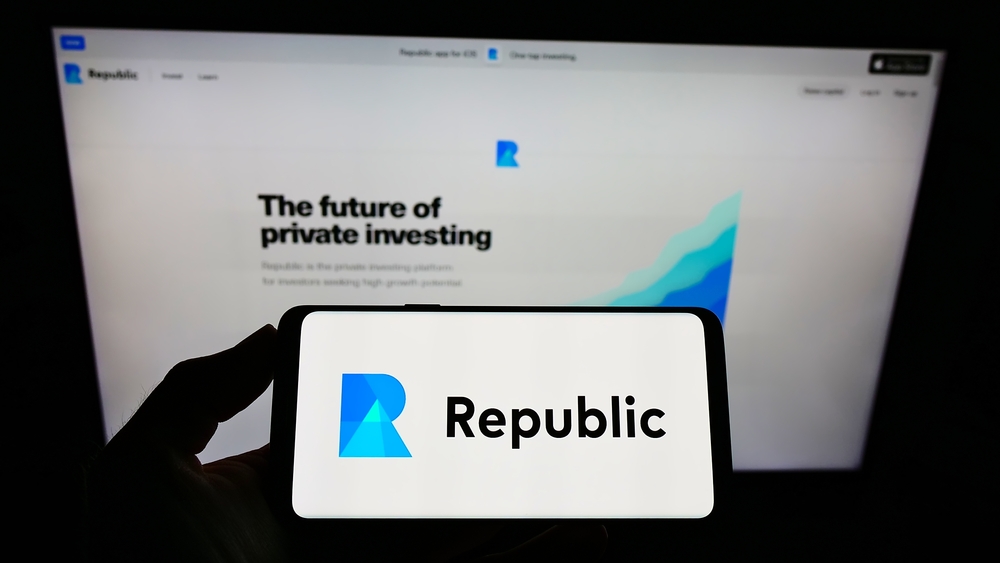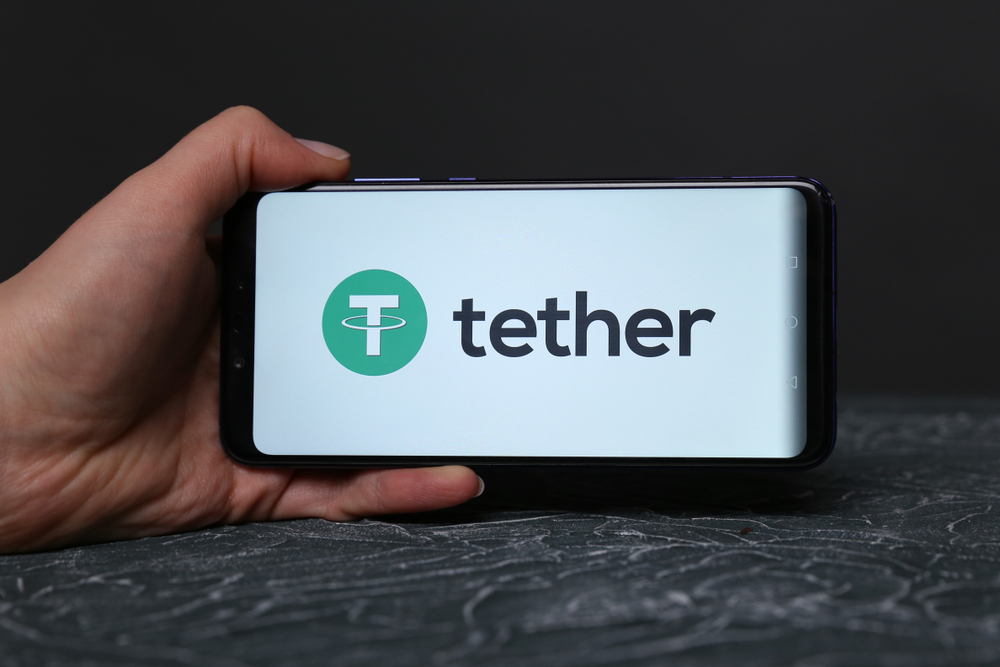Blockchain Forks: Understanding How Crypto Forks Happen
Forks are updates to a cryptocurrency network. They are similar to how a regular update to an app on your smartphone allows developers to improve the features, security, or user experience of the software you use.
Just as downloading an update is essential to get the most out of your software, updates to open-source cryptocurrency networks like Bitcoin help better the experience of nodes on that blockchain.

However, integrating cryptocurrency updates is a lot more complex. Most cryptocurrency isn’t top-down: no single entity decides to create and release an update that everyone on the network must use.
Instead, Bitcoin software is built and managed by users of the network. Each of these users is involved in the decision-making process. These include full nodes (any user who sends, receives, and validates transactions), developers (any full-node who views and edits the cryptocurrency’s source code), and miners who secure the network and add verified transactions to the blockchain.
Hard Forks vs. Soft Forks
 Forks occur in one of two ways. In a “soft” fork, the updates do not affect the core rules of the cryptocurrency project, so both versions are still compatible with each other and use the same blockchain.
Forks occur in one of two ways. In a “soft” fork, the updates do not affect the core rules of the cryptocurrency project, so both versions are still compatible with each other and use the same blockchain.
In a “hard” fork, the changes made affect the core rules of the given cryptocurrency project, which results in a “fork” of the blockchain. Hard forks are entirely new cryptocurrencies and are incompatible with their previous version (meaning that the new version splits off from the original into a new blockchain while the original blockchain lives on).
Soft forks add to the blockchain’s protocol, but these additions do not conflict with any previous rule. On the other hand, hard forks make profound changes to existing rules.
These changes may conflict with the original blockchain rules, making the fork incompatible with the previous blockchain and causing a new blockchain (which must use a different currency) to be formed.
The main difference between soft forks and hard forks is that the data on a hard fork is not compatible with the older version of the blockchain, while the data on a soft fork is.
For example, if the minimum driving age is reduced from 18 to 16, that can be called a soft fork. Anyone who was eligible to drive using the old rules can still drive, but people who were not previously eligible can now drive as well.
Alternatively, if the minimum driving age is increased from 16 to 18, that’s a hard fork. Some people who were legally old enough to drive under the old rules are now ineligible under the new rules.
In terms of blockchain technology, such a profound change to the network rules would make previously valid blocks or transactions on the blockchain invalid (or previously invalid transactions now valid).
Every node or user would have to upgrade to the new version of the network when a hard fork occurs, as the more recent version will not accept nodes running the previous network protocols.
Furthermore, the list of transactions and balances on the previous blockchain is often imported to the new one in a hard fork. This is called an airdrop. Think of it as playing a card game with a group of friends. All players have gathered many points, but now you want to change a few rules. All your friends agree to the rule change, but you all don’t start over from scratch — you start the next level with different rules, keeping your previous scores intact.
This means that if Alice had 4.5 BTC at the time of a Bitcoin hard fork named BitcoinJ, she would also have 4.5 BTCJ on the new blockchain network after the fork occurs. If she spends her 4.5 BTC on the original network, she will still have 4.5 BTCJ, and vice versa.
How Blockchain Forks Happen
A blockchain is a series of blocks (each of which contains many transactions) chained together using cryptographic functions that prove each block’s authenticity. Each blockchain has its series of governing rules, including how it achieves consensus, protocols like the size of each block (which influences how many transactions it can contain), and more.
For a blockchain network’s rules to be changed, all network parties must accept the update. When some network users refuse to adopt an update, the blockchain network can fork—users who preferred the update will embrace it, splitting off into their own blockchain, while those who did not accept it continue initiating transactions and adding blocks to the original blockchain, using the old rules.
Why Fork?
Just like ICOs (Initial Coin Offerings), Bitcoin forks are an excellent way to raise money. But, developers can also decide to fork Bitcoin for more selfish reasons or to make a profit at the expense of the coin holders. Some of the reasons a Bitcoin or other blockchain user might develop a hard fork are:
Improving Security or Network Functionality
Like any updates, forks play a vital role by allowing nodes on a network to update how the network works, which may fix an issue most users found inconvenient, correct security risks, add new functionality, or more.
A good example is the Bitcoin Cash hard fork. Bitcoin Cash increased the original Bitcoin block size of 1 MB to 8 MB, meaning that each Bitcoin Cash block could contain more transactions than on the original network. Bitcoin Cash (BCH) increased the speed of transactions, which also helped reduce the fees of each transaction.
Marketing
Bitcoin is the most successful cryptocurrency ever created. Amongst other things, this means that Bitcoin users are always on the lookout for a new bitcoin fork, as they will be able to claim new coins, which they can then sell for a profit.
When developers begin building a fork of Bitcoin, they’ll likely get media attention and publicity for their product that they might not have received if they were creating an altcoin from scratch.
Whether or not the fork becomes successful, the developers will likely have more users and a higher market value for their coin than they would if it wasn’t a fork.
Profit
Some forks aren’t actually accurate copies of Bitcoin’s history. A developer can give themselves a very high initial balance of their forked coin as they build it (think: airdrops), which they can then sell for profit once the coin is released.
Scams
When a coin is forked, people who use the original network will have a duplicate balance of coins on the new, forked network. However, to access these coins, they would have to claim them. The process to claim a forked coin varies depending on the fork but is usually complicated and can be risky (meaning you could lose your original coins while trying to claim a forked coin.)
It’s essential to understand how to claim forked coins and follow safety measures. This is because a developer can build scams into their fork’s claiming process by asking for your private key, requiring you to transfer your coins to a particular address, and more.
The Ethereum Hard Fork
One very successful—and widely adopted—hard fork was the Ethereum hard fork of 2016, or the DAO hard fork. After the Decentralized Autonomous Organization (DAO) hack, the Ethereum community voted in favor of a hard fork that would roll back a series of transactions by an anonymous hacker that siphoned over fifty million dollars worth of digital currency.
The hard fork helped DAO token holders get their ether (ETH) funds returned. The DAO hard fork didn’t exactly rewind the Ethereum network’s transaction history. Instead, it relocated all funds tied to the DAO to a newly created smart contract.
This smart contract had the single purpose of letting the original owners withdraw their funds. DAO token holders could withdraw ETH at a rate of approximately 1 ETH to 100 DAO.
Other Famous Forks
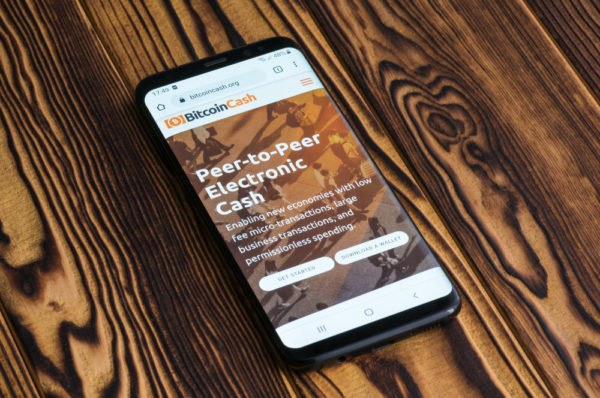 Bitcoin Cash (BCH): BCH permits blocks of 8 MB and didn’t adopt the SegWit (Segregated Witness) protocol. SegWit was a soft fork that occurred shortly after the Bitcoin/Bitcoin Cash fork. It changed the protocol around blocks and transactions by removing signature data from Bitcoin transactions—increasing the block size limit on a blockchain—but still allowing old nodes to validate new blocks running the SegWit protocol. This allows more Bitcoin transactions per second.
Bitcoin Cash (BCH): BCH permits blocks of 8 MB and didn’t adopt the SegWit (Segregated Witness) protocol. SegWit was a soft fork that occurred shortly after the Bitcoin/Bitcoin Cash fork. It changed the protocol around blocks and transactions by removing signature data from Bitcoin transactions—increasing the block size limit on a blockchain—but still allowing old nodes to validate new blocks running the SegWit protocol. This allows more Bitcoin transactions per second.
Bitcoin Gold (BTG): This fork allows miners to use a basic graphics processing unit (GPU) while mining instead of using the more expensive and centralized application-specific integrated circuit (ASIC) unit. That change helps make mining, which is the process used to create cryptocurrencies, more decentralized.
Litecoin (LTC): This fork supports more transactions in less time.
Bitcoin SV (BSV): This fork fixes scalability issues (like the 1 MB limit for Bitcoin and the 8 MB limit for Bitcoin cash). Scalability refers to if and how a cryptocurrency can handle increasing traffic on its distributed network.
Monero (XMR): This fork is more privacy-oriented, making transaction details and the amount spent or received in every transaction anonymous by disguising the addresses used by participants. Monero has an opaque blockchain.
Dogecoin (DOGE): Dogecoin originated as a joke, but it’s a widely-used fork of now-defunct fork LuckyCoin, a Litecoin fork (and remember, Litecoin is a Bitcoin fork) and uses Litecoin’s proof-of-work technology. Dogecoin is often used for social-media tipping.
Final Thoughts: Crypto Forks and The Evolution of Blockchain Finance
While cryptocurrency forks are both useful and profitable, there are risks when claiming new coins. It’s crucial to ensure the safety of your coins and be sure of the authenticity of a fork before claiming it.
However, forked coins essentially mean free money (as long as you hold the original coin.) After you’ve safely claimed a forked currency, you can choose to keep it or sell it, but note that coins received from a fork have tax implications.
Forks are less popular today than they were in previous years. In part, this could be because most cryptocurrency communities have found and implemented solutions to the more pressing needs of their networks in previous soft or hard forks. However, when forks happen, they can be exciting, beneficial, and a great way to make a little extra money.










